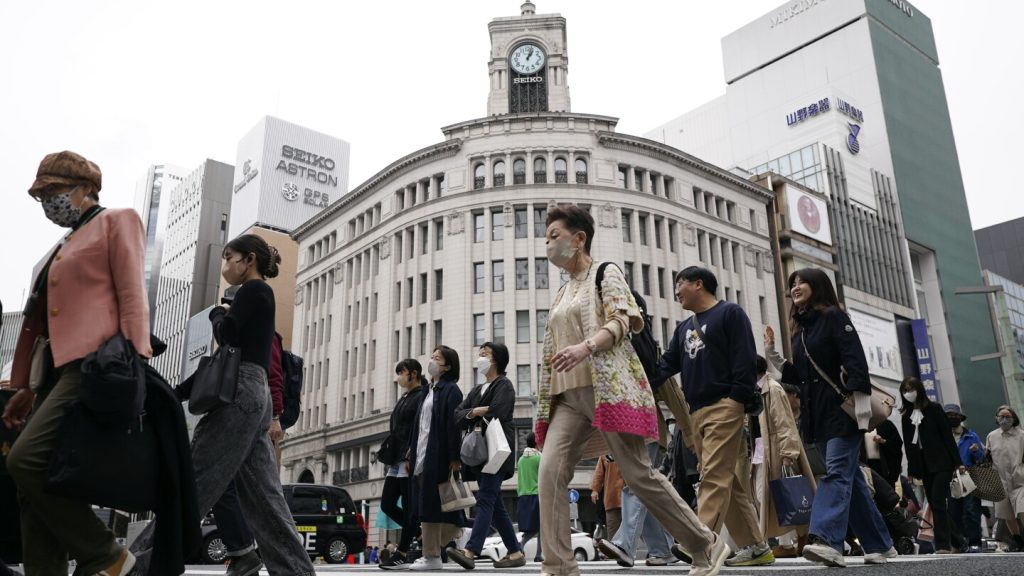The Japanese economy shrank at an annual rate of 2% in the first quarter of this year, as consumption and exports declined, according to the government. Despite relatively low unemployment rates of about 2.6%, slow wage growth and rising prices have been challenges for the country. The weak yen against the U.S. dollar has contributed to this situation, impacting tourism positively but reducing spending power, especially for energy imports. The preliminary seasonally adjusted GDP slipped 0.5% in the January-March period, with analysts expressing concerns about sluggish consumer spending, which accounts for half of economic activity.
The latest results were worse than expected, with disruptions in car production and sales due to a safety scandal at Toyota Motor Corp.’s subsidiary further denting growth. The Japanese government had ordered Daihatsu Motor Co. to halt production of its entire lineup earlier this year due to faked safety test results, causing setbacks. However, analyst Robert Carnell of ING believes that the negative impact on growth from the safety scandal is likely to bounce back later in the year, as activity data shows a gradual normalization since March. This poses a challenge for Japan’s central bank in deciding when to further raise interest rates, with expectations of a possible increase in July while exercising caution in a weak economy.
The Bank of Japan had raised interest rates earlier this year for the first time since 2007, moving to a range between zero to 0.1% from below zero. The decision to raise rates further will require careful consideration, taking into account the current economic conditions. Policy makers are expected to monitor key indicators closely to determine the timing of any future rate hikes. The overall outlook for Japan’s economy remains uncertain, as the country grapples with various challenges in both domestic and international markets. The government’s efforts to stimulate growth and address underlying issues will play a crucial role in shaping the economic trajectory in the coming months.
With ongoing concerns about slow wage growth and rising prices, Japanese consumers may continue to face challenges in maintaining their purchasing power. This could have ripple effects on various sectors of the economy, affecting overall growth prospects. The resilience of the Japanese economy will depend on its ability to adapt to changing market conditions and implement effective policy measures to stimulate demand and boost productivity. As the global economic landscape evolves, Japan will need to navigate uncertainties and leverage its strengths to remain competitive in the face of challenges. By addressing structural issues and fostering innovation, Japan can position itself for sustainable growth and resilience in the long term.


